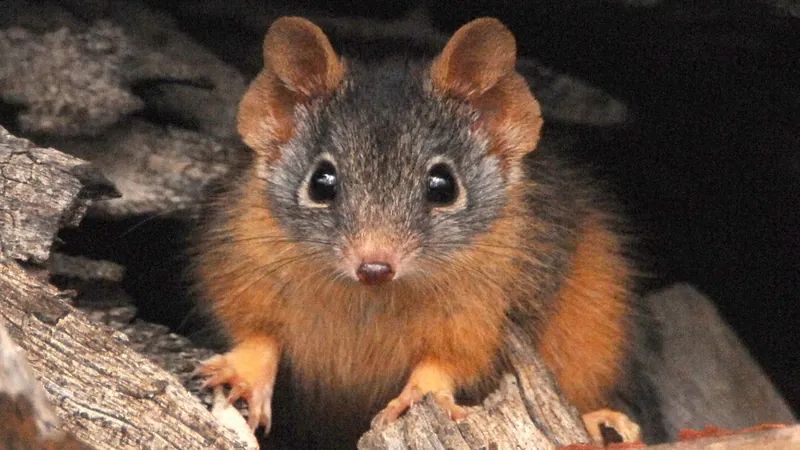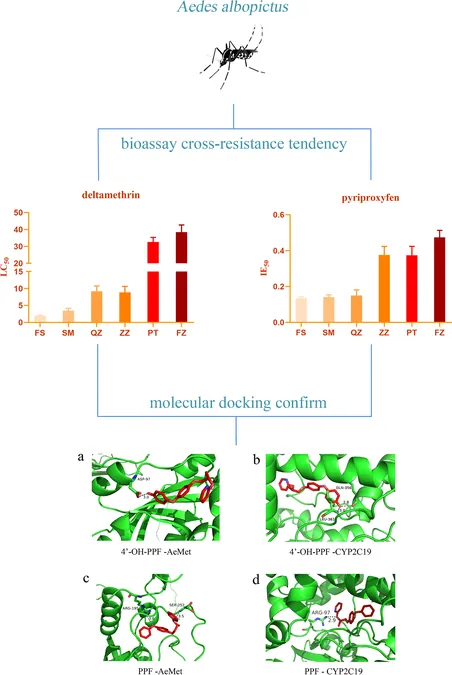
The Shocking Life Cycle of Antechinus: Where Males Die After Marathon Mating and Females Feast on Their Corpses!
2024-09-21
The Bizarre Mating Ritual of Antechinus
Did you know that the Antechinus, a tiny marsupial native to Australia, has one of the most bizarre mating rituals in the animal kingdom? These pint-sized creatures, about the size of your garden-variety gerbil, engage in an intense reproductive frenzy that ultimately leads to their demise. The males mate until they literally work themselves to death, and in a gruesome twist, the females often cannibalize their fallen partners afterward!
The Breeding Season
There are 15 distinct species of Antechinus, all sharing this extraordinary and fatal mating system. The breeding season lasts for a mere two to three weeks, during which males abandon sleep to maximize their mating opportunities. In an astonishing display of endurance, they can engage in copulation for up to 14 hours at a time, desperately trying to secure their genetic legacy.
The Cost of Mating
However, the cost of this frantic mating behavior is dire. The combination of soaring testosterone levels and elevated cortisol—the stress hormone—results in a horrific outcome. As their bodies can’t process the excessive cortisol due to the testosterone surge, organ failure ensues, leading almost all males to die shortly after the breeding season concludes. Although a few lucky males may manage to survive, they face a life of infertility, with their testes having degenerated before the mating season.
Females as Scavengers
In a macabre twist of fate, the death of the males provides a vital source of nourishment for the pregnant females and any surviving males. The females utilize this gruesome feast to support the nurturing of their young. In regions where multiple species of Antechinus overlap, females might also consume males from other species, providing a unique ecological opportunity. "Each species may benefit from eating dead males of the other," explains ecologist Andrew Baker. This inter-species cannibalism is not purely opportunistic; it allows females to fatten up before their own breeding period.
Scavenging Behavior
Surprisingly, even during their own breeding seasons, males have been observed scavenging on the remains of their counterparts when times get tough. This has been seen in cases where stressed males exhibit physical signs of decline, raising the question: will they soon fall victim to the same fate they exploit?
The Nurturing Process
On the nurturing side of things, female Antechinuses experience a gestation period lasting between 25 and 35 days. Afterward, the undeveloped young make their way to their mother's pouch, continuing to grow for another 50 days. Once the little ones reach independence around three months, the cycle begins anew, with these marsupials reaching sexual maturity at approximately eight months.
Conclusion
In summary, the Antechinus isn't just a curious inhabitant of Australia; it is a striking example of nature's extremes—where dedication to passing on genes can lead to the ultimate sacrifice, and survival is intertwined with a gruesome reality. What other strange animal behaviors are lurking in the wild? Stay tuned, as we uncover more of nature's shocking secrets!



 Brasil (PT)
Brasil (PT)
 Canada (EN)
Canada (EN)
 Chile (ES)
Chile (ES)
 España (ES)
España (ES)
 France (FR)
France (FR)
 Hong Kong (EN)
Hong Kong (EN)
 Italia (IT)
Italia (IT)
 日本 (JA)
日本 (JA)
 Magyarország (HU)
Magyarország (HU)
 Norge (NO)
Norge (NO)
 Polska (PL)
Polska (PL)
 Schweiz (DE)
Schweiz (DE)
 Singapore (EN)
Singapore (EN)
 Sverige (SV)
Sverige (SV)
 Suomi (FI)
Suomi (FI)
 Türkiye (TR)
Türkiye (TR)